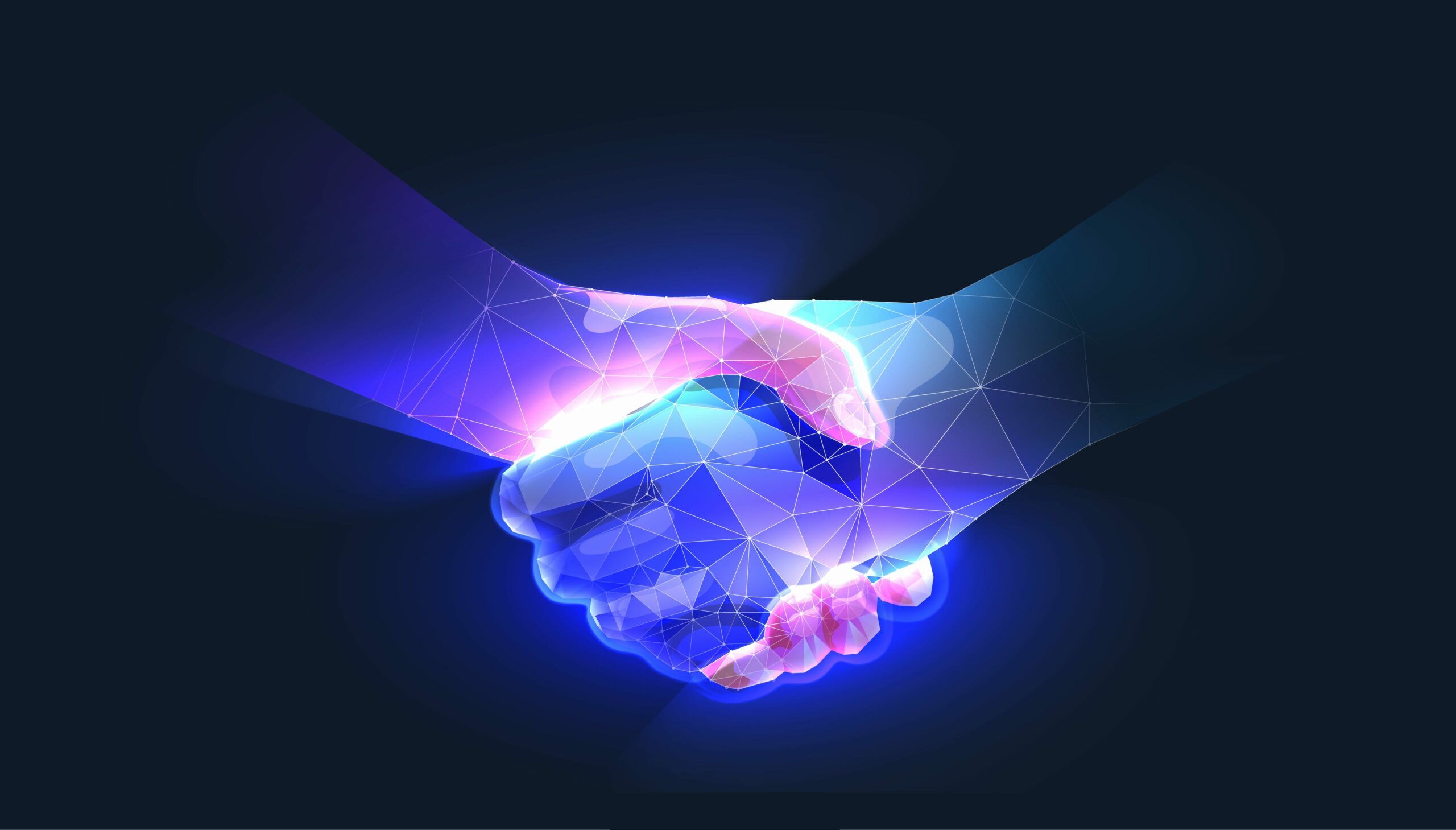Let’s think of the HR function as a pie with slices of equal importance. From recruitment to talent acquisition and onboarding, to talent management, upskilling and wellness, you have perfected the recipe over the years with systems, processes and protocols to best support your organization. Various external forces have disrupted the status quo of the traditional workplace — some for the better, some for the worse. The silver lining has been the rapid advancement and acceptance of new technologies that enable organizations and their employees to be more agile as the digital transformation continues to challenge norms.
The simultaneous emergence of these new norms along with the evolution of the metaverse in the workplace have presented an opportunity for organizations to uncover new ways of managing human capital. Immersive technologies such as VR leverage computer-generated simulations and spaces in a virtual world and enable people to create, work, play, collaborate and learn in a new medium. It is disruptive and comes laden with opportunities to manage the workplace of the future.
Imagine slipping on a VR headset in the comfort of your workplace or home office. Imagine employees teleporting easily from AI-powered simulation exercises in a boardroom to interactive group projects and team building exercises in an outdoor amphitheater. Imagine reinforcing your company culture and values by taking new hires on an immersive virtual tour of company headquarters. Imagine capturing and analyzing candidate responses to real world challenges that take place in a digital twin of your corporate campus and then showcasing the data on a customizable dashboard that tracks VR analytics and key metrics such as engagement, verbal and non-verbal communication and cultural fit. Enter the future of HR.
Virtual reality is the new ingredient revolutionizing the traditional recipe for HR management. Instead of thinking about this impending change as taking something away from the pie, consider the introduction of VR as the secret enhancer that expands the pie and can significantly improve employee/employer dynamics. Let’s consider how organizations can begin to leverage VR within the HR function and become “meta-ready.”
Blending human capital and the metaverse
VR has wide-ranging implications for how organizations approach and deploy human capital in the 21st century. Think back to the recent rocky road of COVID disruptions, the Great Resignation, flexible options ranging from work from home to work from anywhere, hybrid workplaces and return-to-work strategies. All have taken a tremendous toll on HR planning and operational functions, with a constantly shifting landscape of organizational and employee expectations.
Employees and employers seem to expect different things from one another and this imbalance is set to increase in the coming years. Many managers still have an office-centric work design mentality and struggle to adapt to flexible workplaces, while their teams are yearning for a more human-centric work design, according to a recent Gartner report. The resulting discrepancy and disillusionment are leading to employee burnout as well as a war for talent. The same Gartner report indicates U.S. employee annual voluntary turnover is likely to jump nearly 20 percent in 2022. It’s no wonder hiring and retaining talent has become rather onerous these days.
VR makes it possible to bridge this disconnect by creating phygital (physical + digital) environments and interactions that satisfy the expectations and desires of both parties. Employees need only a headset and Wi-Fi to join their colleagues in a virtual boardroom for brainstorming or at a virtual cafe for an informal conversation, visit another office location or a manufacturing site, or take “meta-breaks” to bond with colleagues through team building activities or mindfulness exercises.
Editor’s note: This is the first of a two-part series on HR+VR. In the next article, read about three VR attributes that can enhance the employee experience in today’s workplace.

















